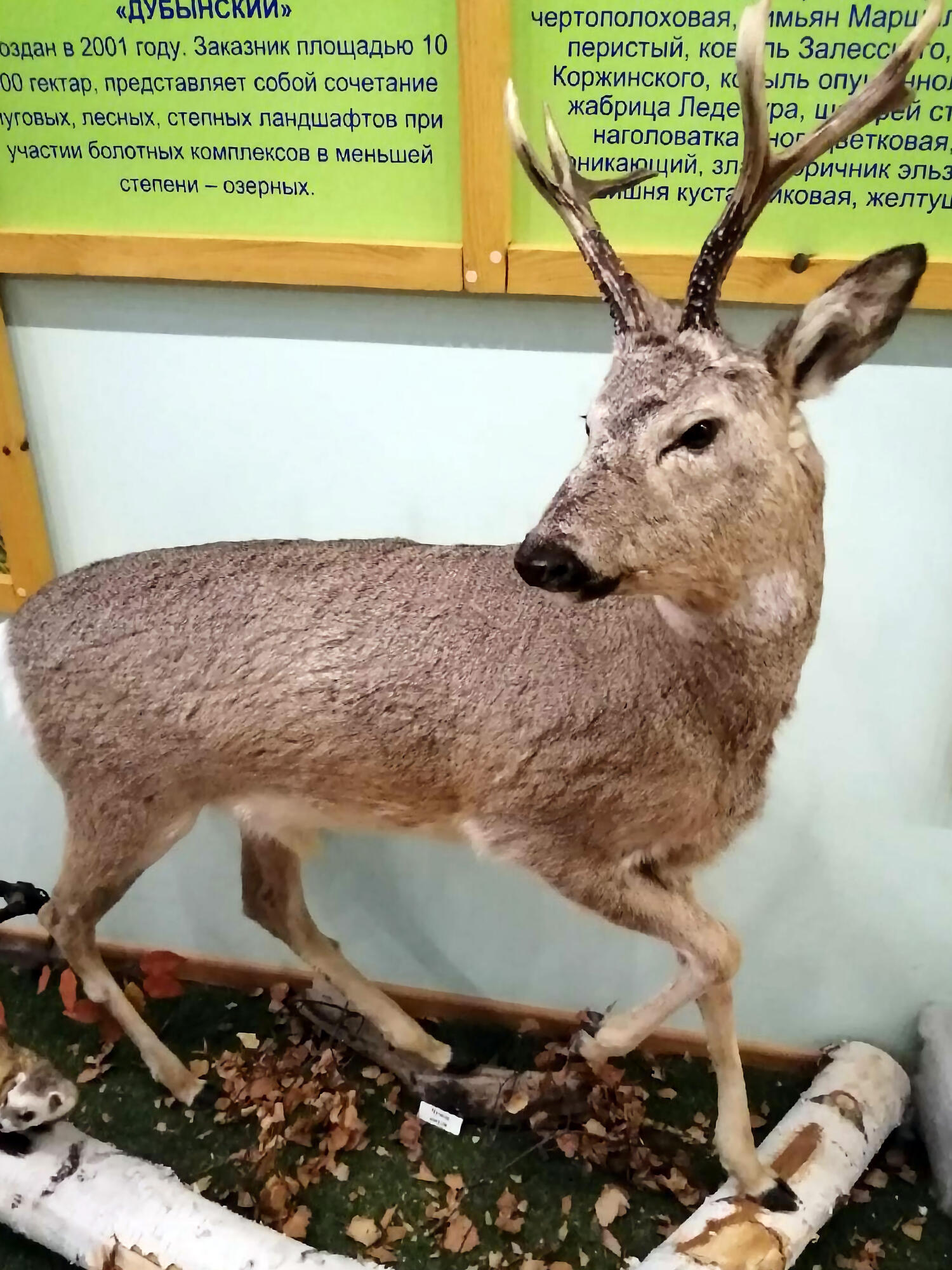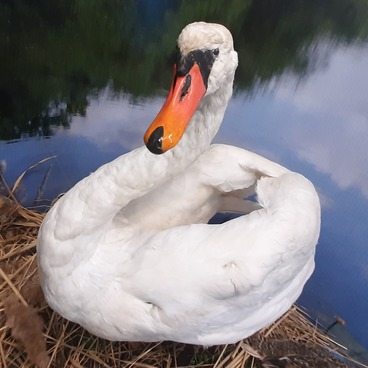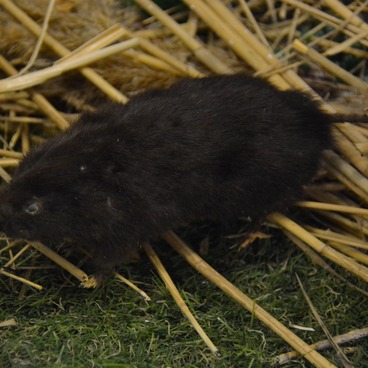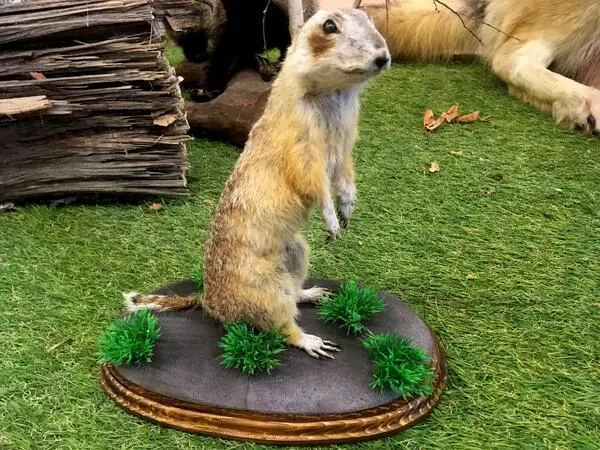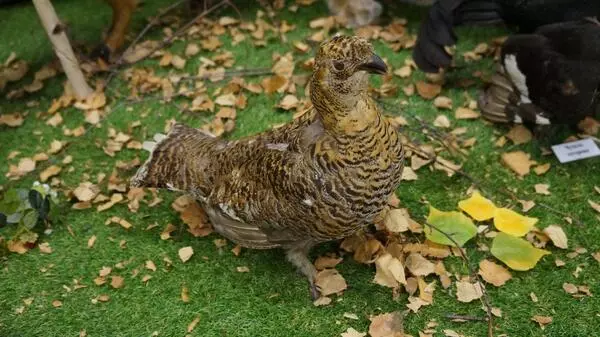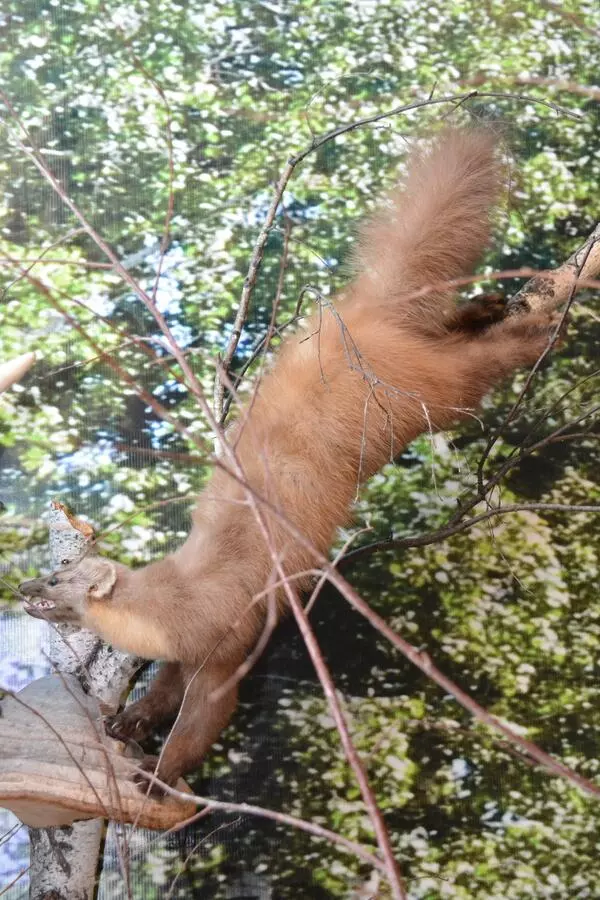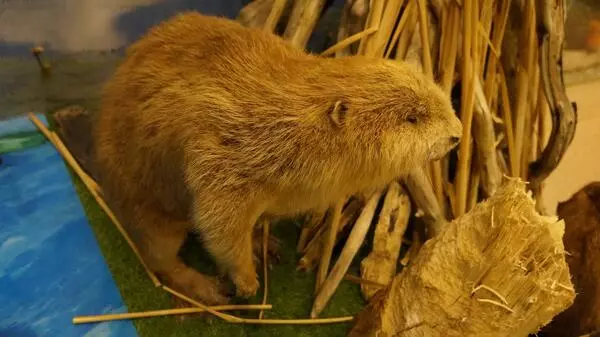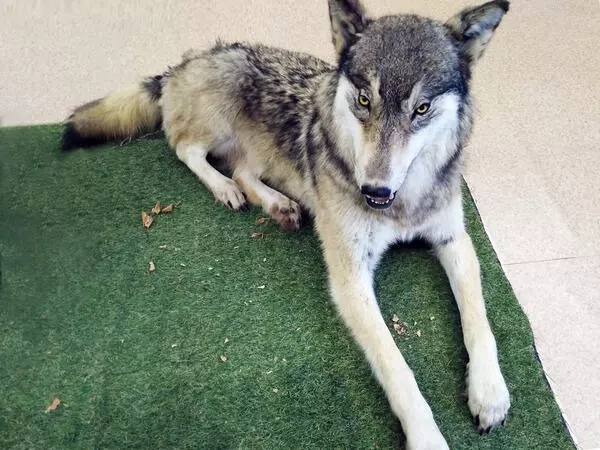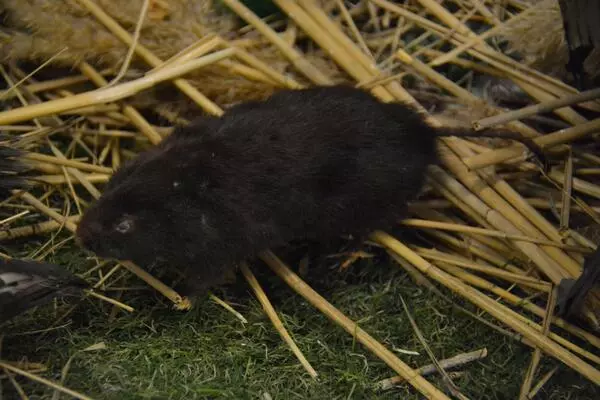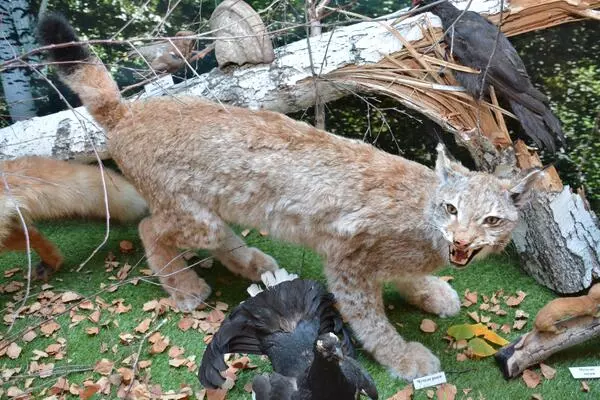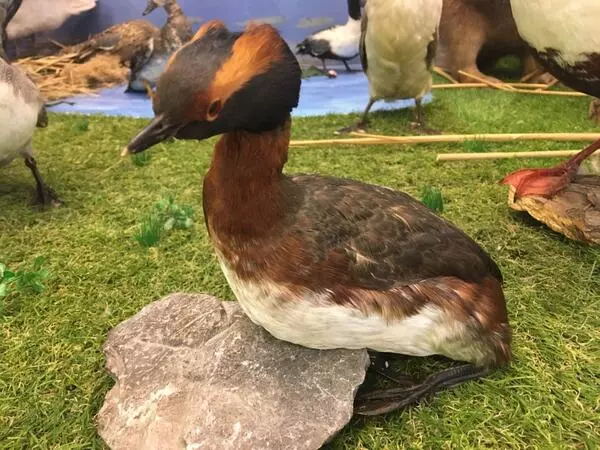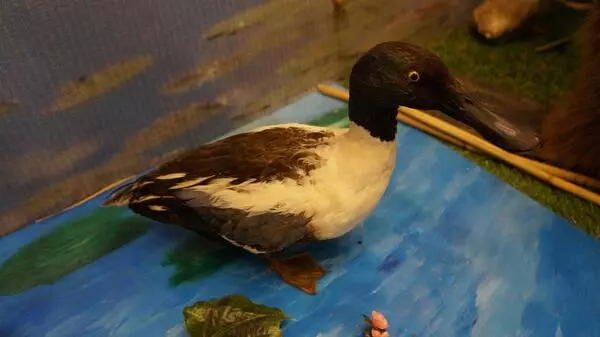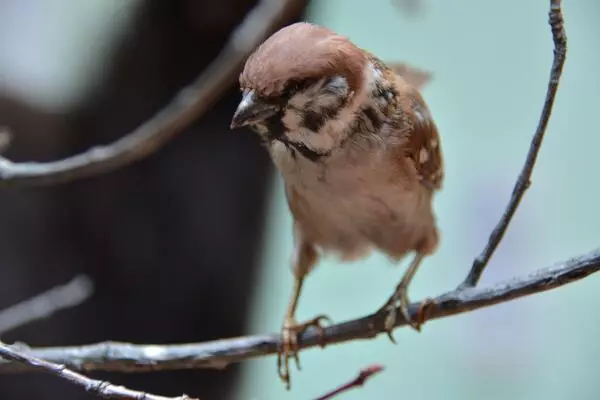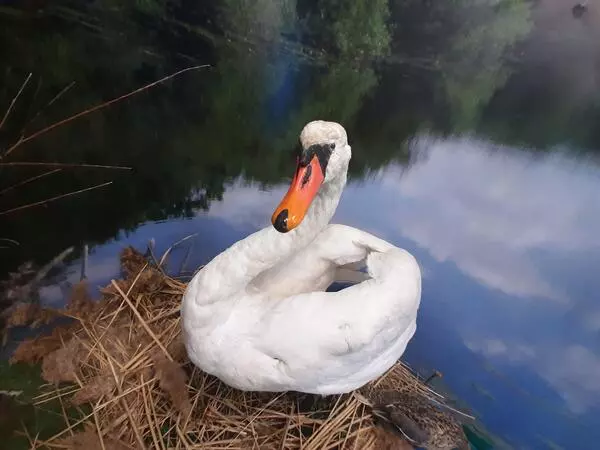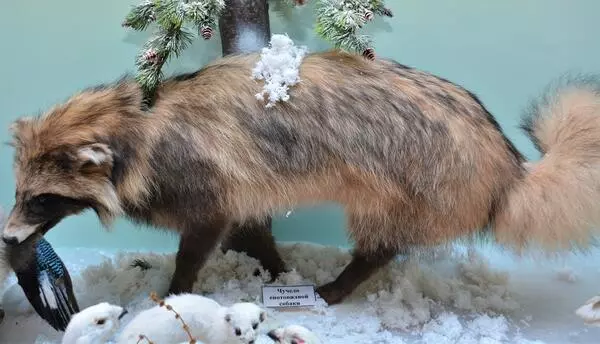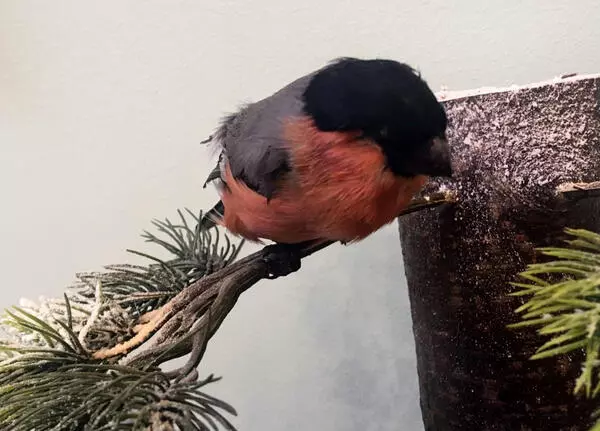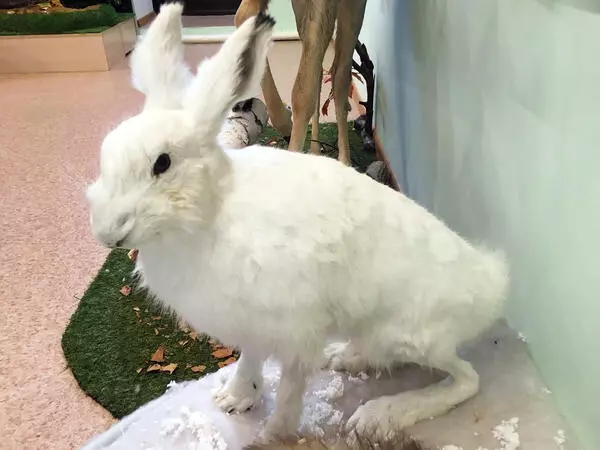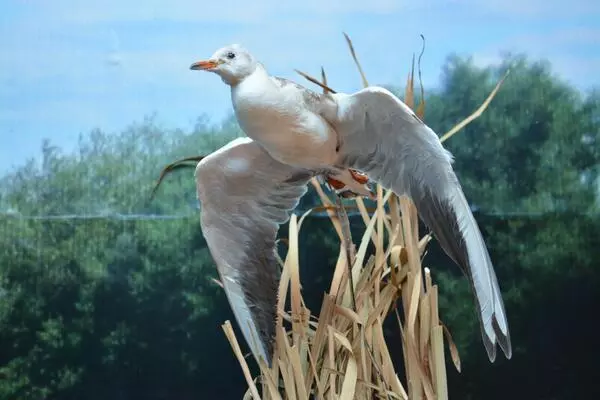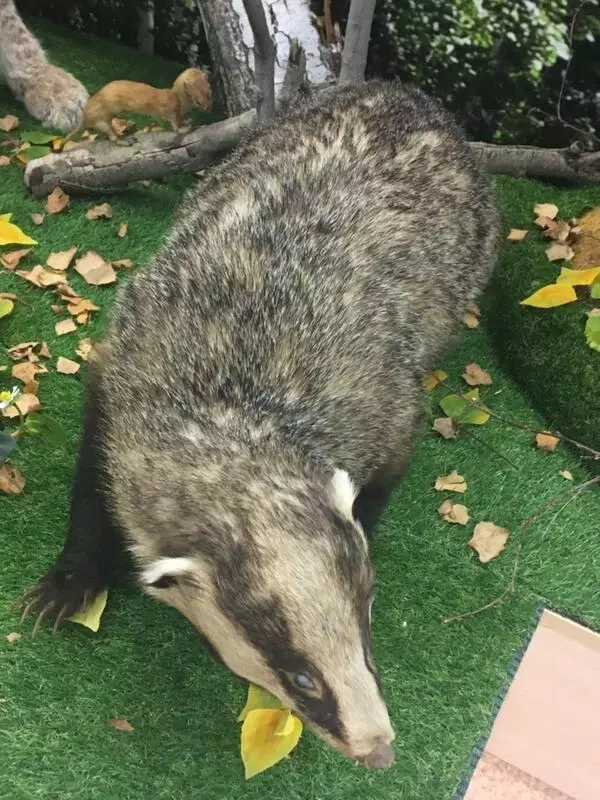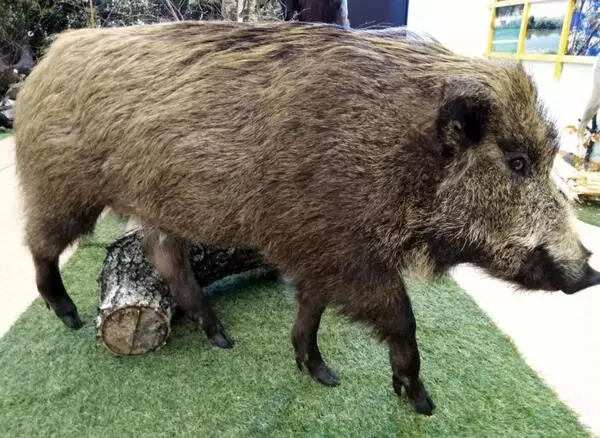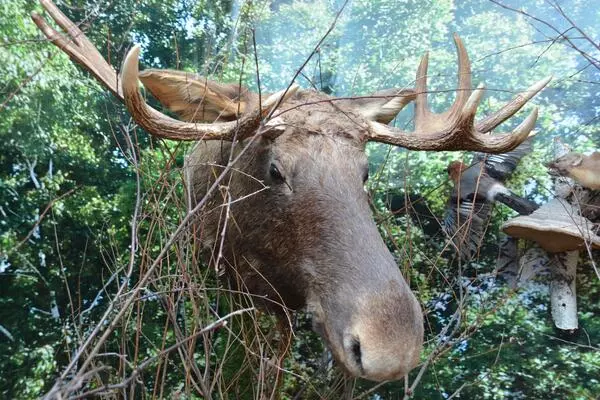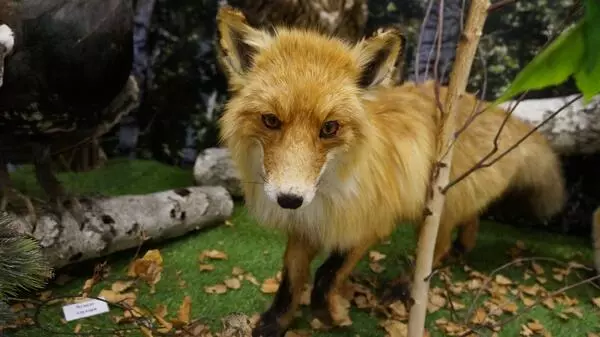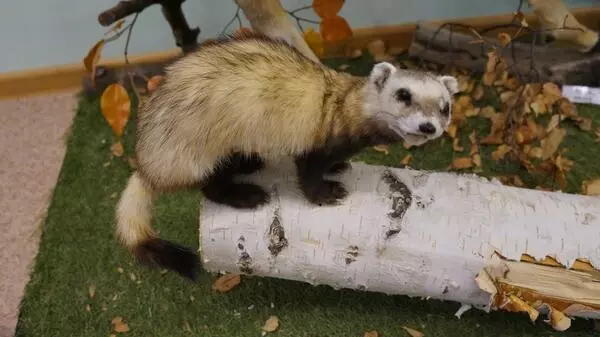The roe deer is a timid and graceful small animal with a long curved neck and large prominent eyes. Its average shoulder height is 80 cm, and its body length can reach a length of 1.4 m. The roe deer’s ears are slanted upwards and equal half the length of its skull. In winter, its coat is gray and changes its color to ochraceous or brown in summer.
The roe deer’s short body is crowned by a small tail that is usually invisible in the thick fur. When the animal is alert, the tail perks up and reveals a white rump patch beneath it. Russian hunters call it a mirror. The roe deer uses the patch to communicate. By showing it, it mostly means ‘follow me.’ The animal that spots the danger first and flees, shows the patch to the rest of the herd to alert it.
The only difference between bucks and does is that males are larger in size and have vertical antlers that start growing when they are three months old. They are not like the red deer’s antlers but have their own features. When a male roe deer turns three, its antlers develop three tines each. They do not grow but acquire a more prominent structure. Antler tips and tips of the brow tines are curved inward. There are bone knobs with visible pedicles on the roe deer’s head. Antlers are shed in fall, begin to regrow in December, and are fully regrown by May or June.
In Russia, the species has another name, the wild goat. The roe deer’s hind legs are longer than the front ones, making it move mostly in jumps. The animal can make dazzling beautiful jumps—two meters high and six meters long. When fleeing a predator, the roe deer can speed up to 60 kilometers per hour. However, it can keep the speed for five to six minutes only. If a herd of roe deers encounters a large river, the animals can easily swim across it. For example, Siberian roe deer herds successfully pass over such rivers as the YenisEy and AmUr when migrating.
The roe deer prefers areas of grassland interspersed with woodland and mixed woodlands with clearings and glades. As the roe deer drinks a lot, it can be often found in waterside bushes.
The roe deer’s short body is crowned by a small tail that is usually invisible in the thick fur. When the animal is alert, the tail perks up and reveals a white rump patch beneath it. Russian hunters call it a mirror. The roe deer uses the patch to communicate. By showing it, it mostly means ‘follow me.’ The animal that spots the danger first and flees, shows the patch to the rest of the herd to alert it.
The only difference between bucks and does is that males are larger in size and have vertical antlers that start growing when they are three months old. They are not like the red deer’s antlers but have their own features. When a male roe deer turns three, its antlers develop three tines each. They do not grow but acquire a more prominent structure. Antler tips and tips of the brow tines are curved inward. There are bone knobs with visible pedicles on the roe deer’s head. Antlers are shed in fall, begin to regrow in December, and are fully regrown by May or June.
In Russia, the species has another name, the wild goat. The roe deer’s hind legs are longer than the front ones, making it move mostly in jumps. The animal can make dazzling beautiful jumps—two meters high and six meters long. When fleeing a predator, the roe deer can speed up to 60 kilometers per hour. However, it can keep the speed for five to six minutes only. If a herd of roe deers encounters a large river, the animals can easily swim across it. For example, Siberian roe deer herds successfully pass over such rivers as the YenisEy and AmUr when migrating.
The roe deer prefers areas of grassland interspersed with woodland and mixed woodlands with clearings and glades. As the roe deer drinks a lot, it can be often found in waterside bushes.
